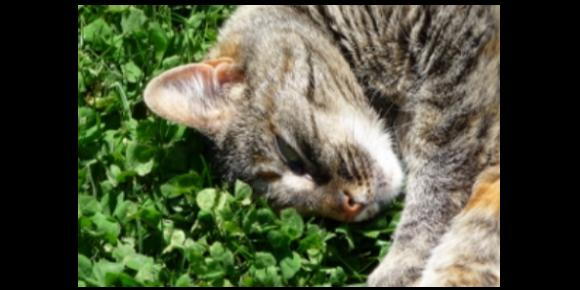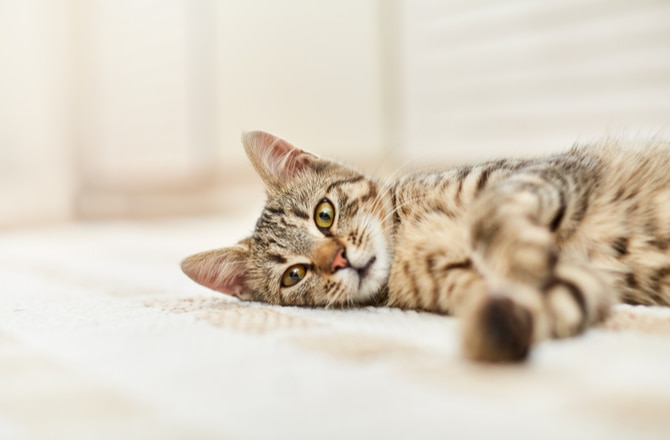saddle thrombus cat signs
It affects as many as 25of cats with hypertrophic cardiomyopathy a common feline heart conditionFATE usually strikes without warning. Saddle thrombus cat signs.

Pet Doctor Saddle Thrombus Youtube
The embolus causes partial or complete loss of blood supply to one or both of the hind limbs.

. A saddle thrombus is truly every cat parents worst nightmare. These signs of aortic thromboembolism in kitties depend on which blocked and whether the blockage is a total or partial blockage. Clinical signs will depend on the location of the embolism.
This causes severely reduced blood flow to the tissues receiving blood from that particular part of the aorta leading to decreased oxygen in the tissues. If the clot moves past the saddle and enters into just one iliac artery only the hind leg will be involved. Despite the extreme presentation the cat may be able to recover from the episode but it is important to understand how it came.
Cats are typically in a lot of pain when they are experiencing this. These clots block blood flow to the legs which. The saddle thrombus comes from a larger clot in the left atrium of the heart.
Clinical signs of saddle thrombus reflect loss of blood supply to one or both hind. The main sign is weakness or paralysis of the hind limbs. Symptoms appear suddenly and include severely painful paralysed back legs.
Because the symptoms of saddle thrombus are so obvious a physical examination may be all thatâ s needed to make a diagnosis. Embrace Pet Insurance shares symptoms treatment and cost for this condition. The cats will be unable to use their back legs well and may be dragging them and seem paralyzed.
A saddle thrombus is a blood clot that blocks blood supply to the back legs. FATE is a serious and painful condition with serious implications. Mixed breed cats Abyssinian Ragdoll and Birmans are the most commonly affected.
- The Internet says cats with saddle thrombus should be in strict cage rest immediately. About 3 of feline blood clots have no apparent cause. It occurs in 25 of cats with underlying hypertrophic cardiomyopathy the most common form of heart disease in cats which you may not.
Saddle thrombus more properly called feline aortic thromboembolism FATE is an often fatal condition caused by a blood clot that blocks blood flow to the cats rear legsIt tends to strike suddenly and causes severe pain along with paralysis of the hind legsAlthough the underlying cause of the condition is usually heart disease the saddle thrombus is the first. A saddle thrombus is an emergency contact your vet immediately if your cat is showing symptoms. Saddle thrombosis is typically identified by the 5 Ps.
Median survival of saddle thrombus cats with heart failure is 77 days while median survival of saddle thrombus cats without heart failure is 223 days. In fact it may be the first and only sign of heart disease in some cases. A saddle thrombus is truly every cat parents worst nightmare.
A saddle thrombus is a blood clot that blocks blood supply to the back legs. Cats with a saddle thrombus will often have acute and severe pain their muscles in the back legs may be hard to the touch the paws and limbs are often cold or cool and the paw pads may be pale in color. Aortic thromboembolism is a common clinical entity in cats with cardiomyopathy.
Your cat begins to howl or pant and cant seem to move one or both of his back legs. Feline aortic thromboembolism FATE also known as saddle thrombus is a serious and sometimes fatal complication of heart disease in cats. This results in nerve and muscle damage.
Its important to start treatment as soon as possible to give your cat the best chance of. I am a Registered Veterinary Technician RVT and have been in the veterinary field for 17 years. It comes on suddenly and appears to paralyze the cat causing one or both rear legs to become useless and even noticeably cold.
Median survival of saddle thrombus cats with heart failure is 77 days while median survival of saddle thrombus cats without. Affected cats are in extreme pain with distressed howlingvocalisation and anxiety common symptoms. Once a thrombus forms it may stay static.
In my case even though I had gotten him to the animal hospital within 30 minutes of the first signs the vet said that his odds of survival were very slim - that if he survived surgery. They may be vocalizing loudly howling yowling screaming. Feline aortic thromboembolism FATE or saddle thrombus is a catastrophic lesion where a blood clot gets embolised and lodged into the aortic trifurcation Borgeat et al 2014It is a fatal disease that may progress very quickly as a cat can go from being healthy to be in severe distress within few minutes Brent et al 2006FATE is mostly.
Distal aortic embolus is the most common. When a thrombus forms in the aortic trifurcation its referred to as a saddle thrombus or as its known to veterinarians feline aortic thromboembolism FATE. Depends on site of embolus lodging.
A saddle thrombus is sudden painful paralysis of one or both hind legs due to one of those blood clots leaving the heart and getting stuck at the base of the aorta largest blood vessel leading away from the heart where it splits into the femoral arteries largest blood vessels in the legs. Picture a river which splits into streams. In fact it may be the first and only sign of heart disease in some cases.
Michael Schaer DVM DACVIM DACVECC describes the variation in presenting signs in cats that have experienced a thromboembolic event Saddle thrombus. Usually the signs of saddle thrombus will come on incredibly quickly. The cat will hyperventilate and cry out with extreme pain.
One study found the mean age was 12 years. The feet will likely be colder than other parts of the body and may be bluish in color. A saddle thrombus is a blood clot that blocks blood supply to the back legs.
Middle-aged male cats are reportedly at a higher risk for developing saddle thrombus. Usually cardiomyopathies occasionally hypercoagulable states and pulmonary primary neoplasia. A saddle thrombus is a blood clot that lodges at the base of the aorta.
An aortic thromboembolism results when a blood clot is dislodged and travels through the aorta becoming lodged in a distant location. Risk factors clinical signs and survival in cats with a clinical diagnosis of idiopathic hypertrophic cardiomyopathy. Thrombus is the technical term for a blood clot.
Whatâ s unfortunate is that by the time the symptoms are visible itâ s often too late for the cat. Saddle thrombosis can develop in cats of any age or breed. J Am Vet Med Assoc 19922014613-618.
Supportive anticoagulation therapy treatment of underlying condition. These signs indicate immediate saddle thrombosis in cats treatment. The area where the river splits is the most likely place for rocks sticks etc.
Why did the vet just let me bring him back home.
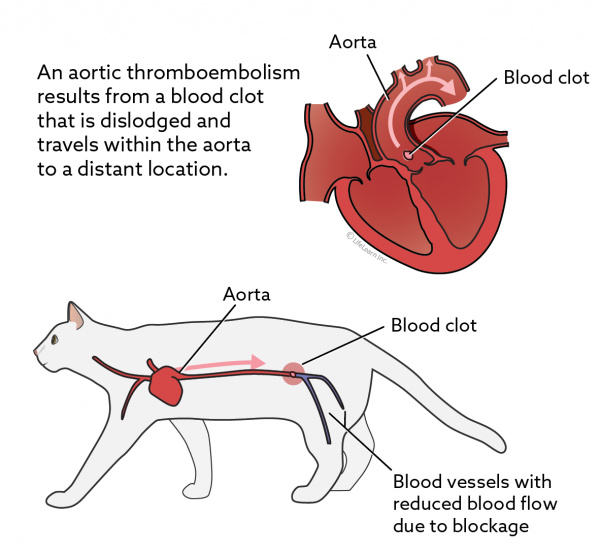
Aortic Thromboembolism In Cats Vca Animal Hospital

A Common Blood Clot That Can Cripple Or Kill Cats And New Hope On The Horizon Dr Marty Becker
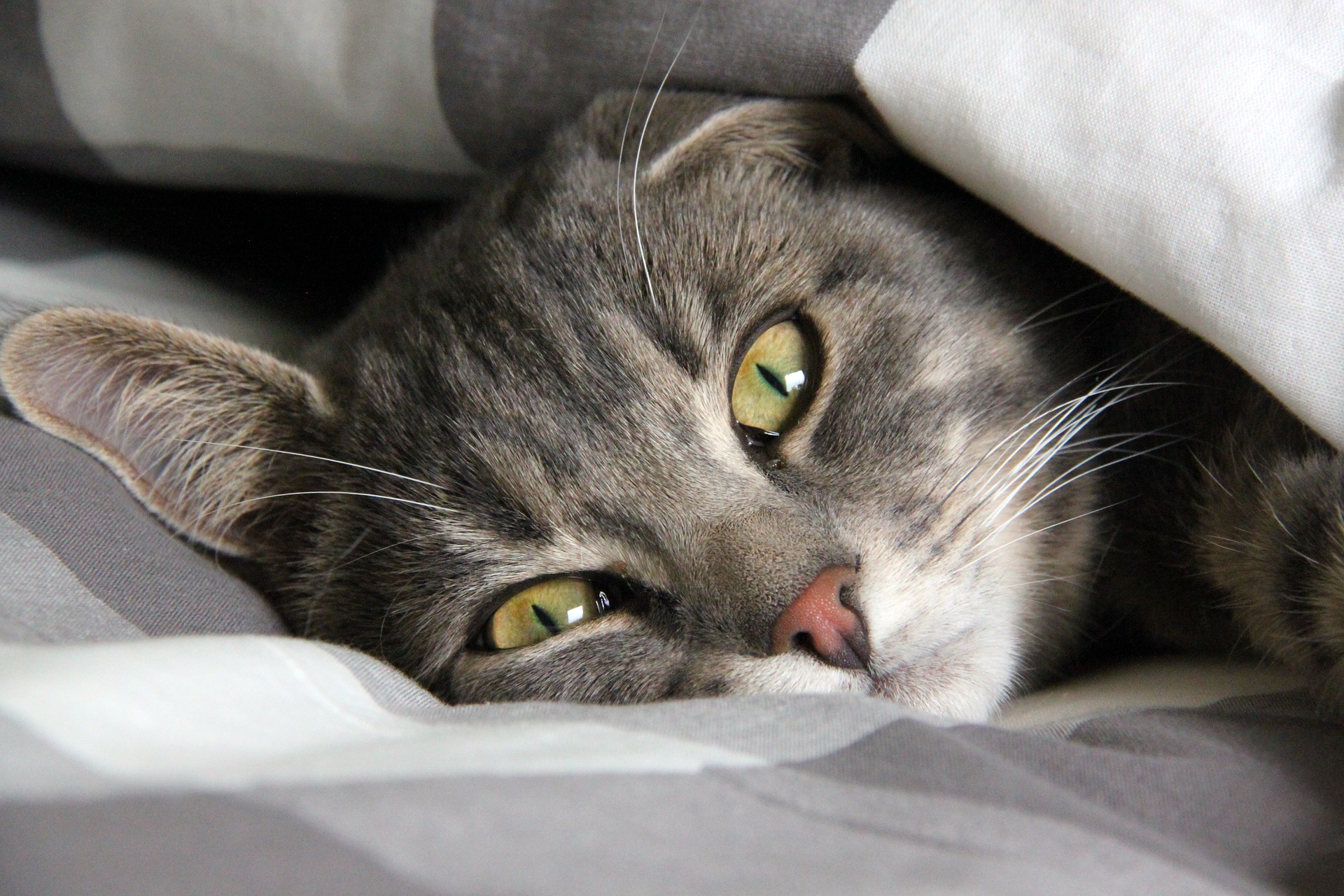
Why Do Cats Get Blood Clots And What Are The Symptoms Vet Help Direct

Symptoms Of Saddle Thrombus In Cats Firstvet

Saddle Thrombus In A Cat Youtube
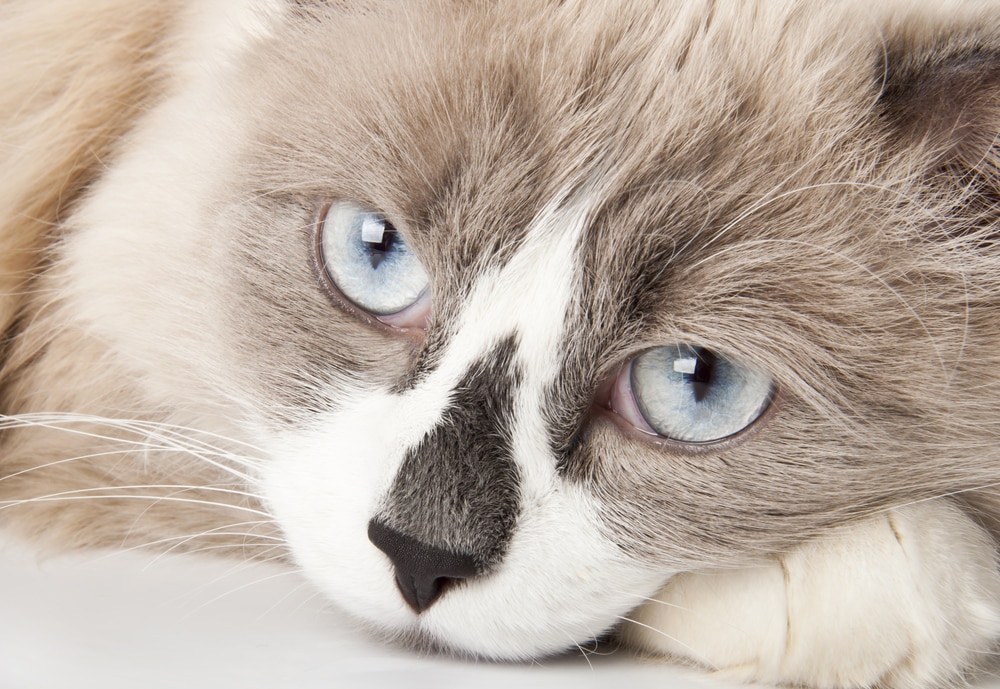
Heart Aortic Blood Clot In Cats Petmd

Cat Can T Use Its Back Legs It S A Medical Emergency Cute Animals Cats Funny Animals

Feline Arterial Thromboembolism Today S Veterinary Practice

Top 10 Cat Emergencies Palos Animal Hospital

Cats And Thromboembolism Figo Pet Insurance

Lost Mason Suddenly To A Saddle Thrombus Yesterday He Was A Beautiful Boy Inside And Out Beautiful Boys Cats Secret Obsession

Saddle Thrombus Every Cat Owner S Worst Nightmare Petmd

Restrictive Cardiomyopathy In Cats Olympic Veterinary Cardiology
Managing A Patient With Arterial Thromboembolism Veterinary Practice

/stethoscope-813823560-6ffd152f92f14f4b979456c98d2bd6a1.jpg)
